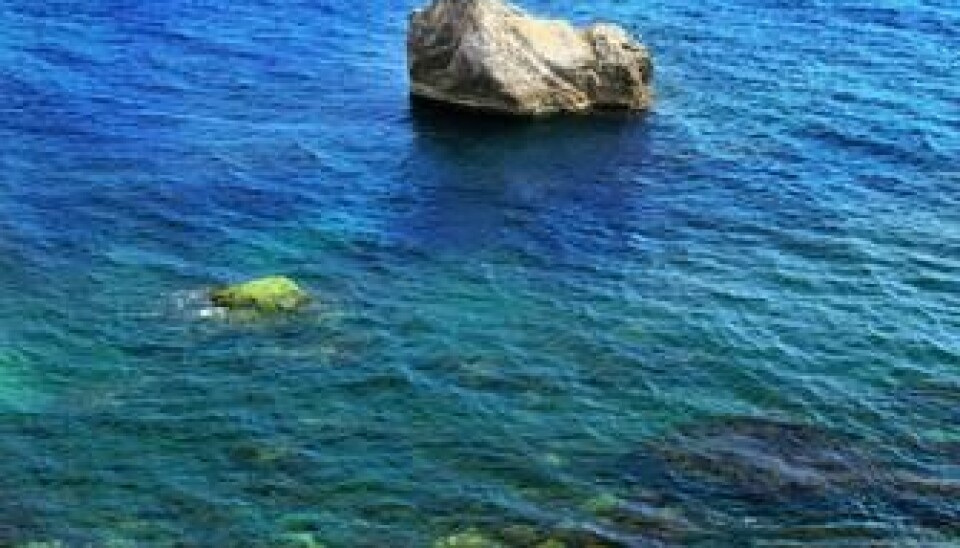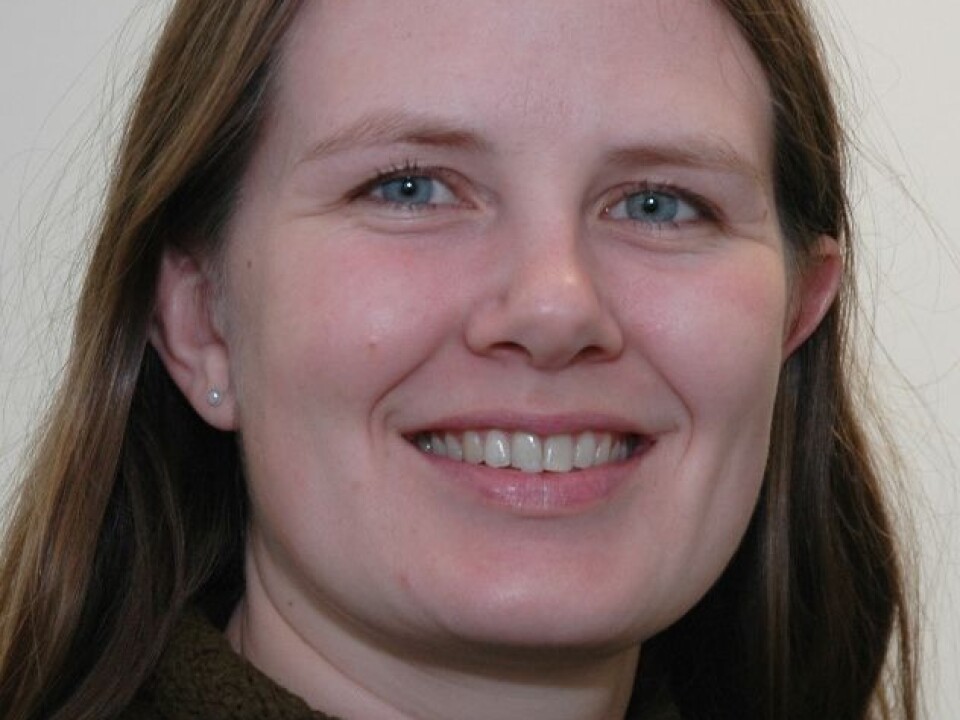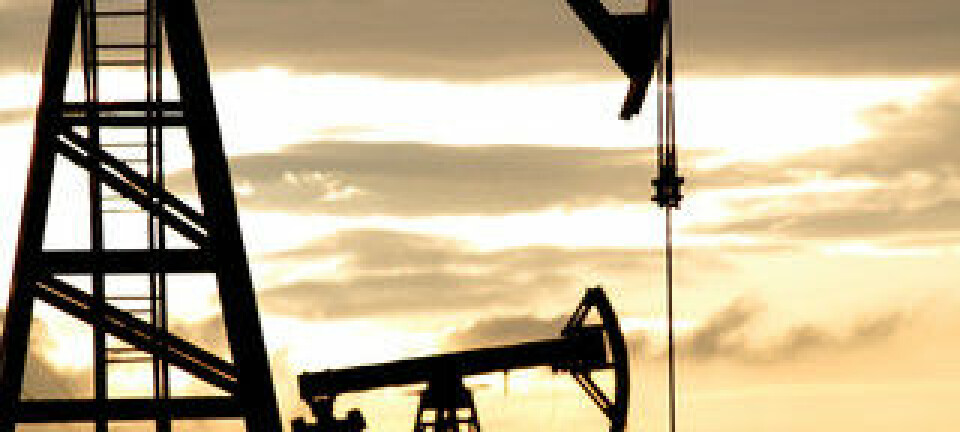An article from Norwegian Geotechnical Institute

Finding CO2 leaks with microorganisms
In the future, new DNA technology may enable us to use microorganisms to find petroleum reservoirs, or detect CO2 leaks from undersea storage reservoirs.
Denne artikkelen er over ti år gammel og kan inneholde utdatert informasjon.
Seafloor sediments contain microorganisms that thrive on CO2, or that can "consume" methane or other hydrocarbons.
Advancements in DNA technology over the last three or four years now make it possible to analyse metagenomes, or all the genes contained in a selected environment, in a timely and accurate way.
Othilde Elise Håvelsrud, who obtained her PhD at the University of Oslo last year, has analysed metagenomes from sediment samples taken from the Troll field in the North Sea, among others, and her results suggest that sediments on the seabed contain microorganisms that may prove quite useful in the future.
"In a few years it may be possible to take samples of the sediments from the seabed and use DNA analyses to get an indication as to whether there is a petroleum reservoir in the depths below," says Håvelsrud.

"This technology also makes it quite interesting to ask whether the leakage of carbon dioxide (CO2) from undersea storage sites can be identified by examining microorganisms and the metagenomes from the sediment."
Sediments teem with life
Seabed sediments contain microorganisms that can "eat" methane (CH4). The sediments may also contain microorganisms that live on the oil that seeps up from deep petroleum reservoirs.
A third type of microorganism on the seabed behaves somewhat like a land plant: it uses energy and CO2 to produce new organic matter, but instead of using the energy from sunlight as part of the process, it uses chemical energy that can be derived from metals or sulphur compounds.
The microorganisms in question are either bacteria or archaea, a relatively newly defined domain of organisms. It was previously believed that archaea only lived in extreme environments reminiscent of the harsh conditions that prevailed during the Earth's earliest days. Although recent research shows that this is not the case, the archaea are often still considered to be extremophiles (from the Latin extremus meaning "extreme" and Greek philiā (φιλία) meaning "love").
Leaks change species composition
Håvelsrud's thesis in molecular biology started with an interesting hypothesis: that the microorganisms found in seafloor sediments actually reflect geochemical conditions.
If oil or natural gas percolates slowly up to the seabed from a reservoir at depth, or if methane seeps out from melting gas hydrates, or if CO2 leaks from manmade greenhouse gas storage reservoirs, different microorganisms in the sediments will take advantage of the conditions at hand to grow and multiply.
Thus, the leaks change the species composition on the seabed, which in turn can be detected by taking sediment samples and analysing the metagenomes contained in them.
Håvelsrud tested her hypothesis by conducting DNA analyses of metagenomes from four different environments on the ocean floor. The Haakon Mosby mud volcano, discovered in 1989 at a depth of 1250 m off Svalbard, is an active methane seep that originates from gas hydrates under the seafloor.
The Tonya Seep at the bottom of the Santa Barbara Channel off California releases about 40 tons of methane and other hydrocarbons every day from a petroleum reservoir at depth. Håvelsrud also examined samples from the seabed at the Troll field in the North Sea, and took bottom samples from the Oslo Fjord for comparison.
Sediments in the Oslo Fjord are unaffected by leakage from petroleum in geological formations, and the samples from there have served as a reference for the samples from the Troll area.
The results so far are promising, Håvelsrud says.
"In areas with active leaks, we have found clear indications in the form of changes in microorganisms in the sediments. It's a little harder to find traces in areas that no longer have active leaks."
Archaea gobble up methane
"The goal of the project was to find DNA sequences, bacteria and archaea that are characteristic of sediments that have a good supply of hydrocarbons. We have been able to do this by studying the metagenomes found in bottom samples. We have also found communities of methanotrophic archaea, which are archaea that 'eat' methane, both from the Tonya Seep and the Haakon Mosby mud volcano", says Håvelsrud.
"These archaea live in a kind of community with sulphate-reducing bacteria, and the communities work together as a kind of methane filter in the sediments. This means that the microorganisms convert methane to CO2 without the use of oxygen (an anaerobic process), which in turn has a beneficial effect on the global climate. Methane is actually a more powerful greenhouse gas than CO2,with 25 times more impact per mole."
The Troll field
Håvelsrud had hoped to find DNA traces of microorganisms that live on petroleum in the sediment samples from the Troll field in the North Sea. The results are promising, albeit not as clear as the results from the Haakon Mosby mud volcano and Tonya Seep.
The seabed around the Troll field is characterized by a large number of craters (pockmarks), which formed about 11,000 years ago. When the last Ice Age ended and the temperature rose large amounts of gas hydrates, which are a crystalline mixture of frozen methane and water, at the bottom of the North Sea became unstable and melted.
This in turn resulted in large amounts of methane being pushed up into the seabed and subsequently bubbling out into the atmosphere. The craters that were left from these methane releases can still be found on the seabed.
"We have found a great deal of the archaea called Nitrosopumulus, which feed on CO2. We have reason to believe that this CO2 is formed by other organisms that break down the hydrocarbons in the sediments, and geochemical analyses show that the concentrations of hydrocarbons in the sediments is high. These hydrocarbons may come from several different sources: from natural gas or petroleum that is seeping up from a reservoir of gas hydrates, or from the decomposition of decaying plant or animal remains," says the researcher.
Leakage detectors
"The main findings are that we are able to detect so-called methane filters by using metagenomes and the new DNA technology. We also detected bacteria and archaea that are able to live on CO2 in the sediments, and we therefore believe it is possible to use the presence of these microorganisms as indicators of CO2 leakage from future greenhouse gas storage reservoirs".
"In addition, we see that the communities of microorganisms in the sediments are very complex. Although we find a population of species and genes that are typical of a particular environment, the environment also contains many other microorganisms in greater or lesser amounts," Håvelsrud concludes.
































